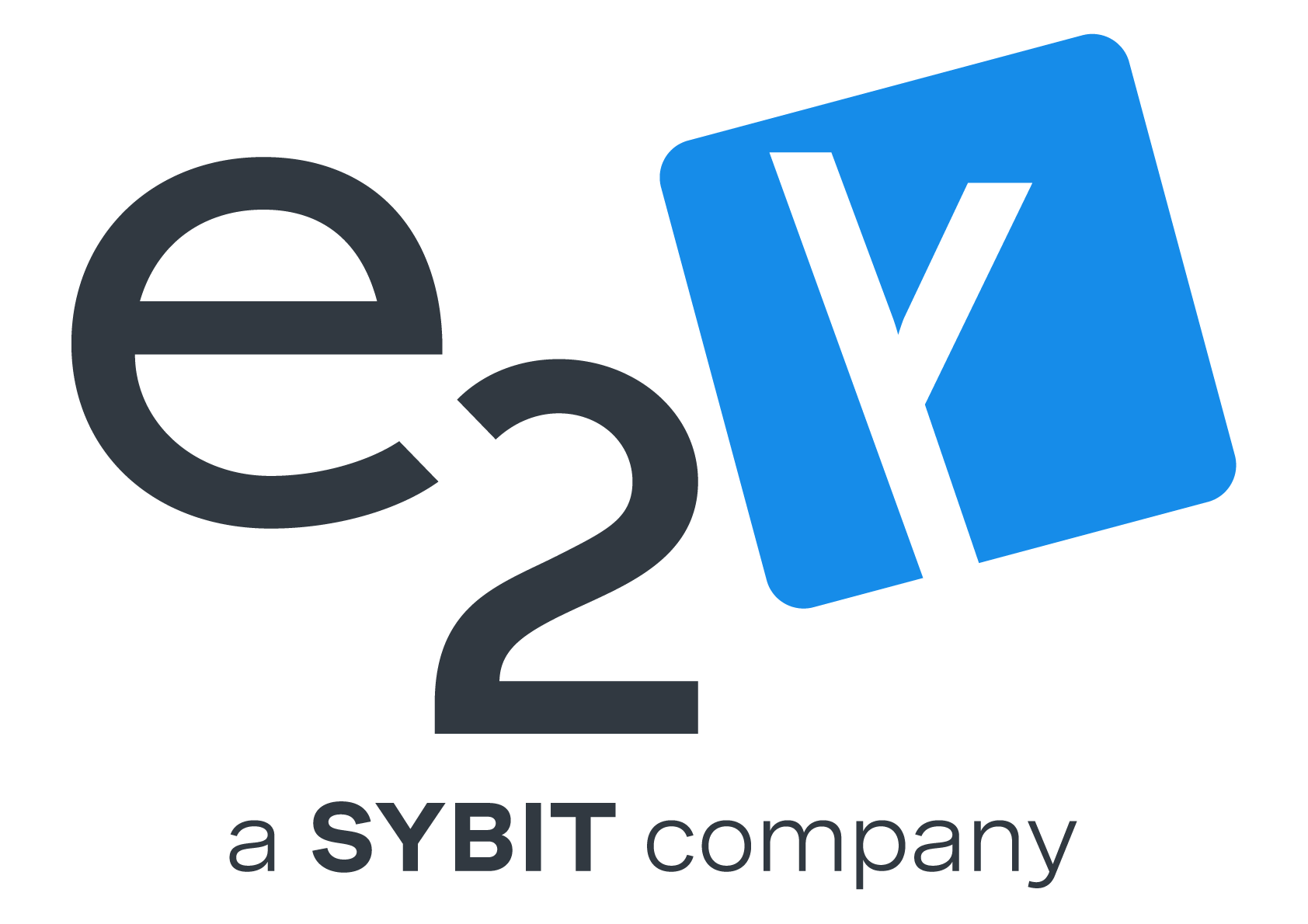At e2y, we’ve incorporated GitHub Copilot into our development process across our team to transform our coding practices and foster innovation. In this blog post, we’ll explore how GitHub Copilot functions, why we use it at e2y, how it aids in unit testing, its role in our daily work, and the best practices we follow. Let’s delve into its capabilities and impact on our workflows.
Understanding GitHub Copilot
GitHub Copilot is an advanced coding assistance tool developed by GitHub, designed to help developers write code more efficiently. With Copilot, developers can streamline their coding process, improve code quality, and enhance productivity.
GitHub Copilot at e2y
At e2y our software engineers use GitHub Copilot for numerous reasons. For our software engineers, Copilot acts as a reliable assistant in speeding up the overall process of writing code, ensuring better and more reliable code coverage.
It’s also used for:
- Generating code snippets
- Completing function implementations
- Providing documentation comments
- Suggesting test cases
How GitHub Copilot Drives Efficiency at e2y
At e2y, we use GitHub Copilot to streamline our software engineers’ workflow, fostering faster and more efficient coding. By predicting our developer’s next move based on the project context, Copilot can complete lines of code, suggest test cases and generate code snippets. This significantly reduces coding time, improves the quality of our code and enhances productivity, allowing our engineers to focus on more complex tasks. Copilot also assists with tasks like code documentation, comments and explanations, contributing to improved code readability and better understanding among developers.
Our Daily Utilisation of GitHub Copilot
In our day-to-day work at e2y, GitHub Copilot improves our coding practices by offering support to both developers and testers. Leveraging Copilot means integrating it into our preferred Integrated Development Environments (IDEs), ensuring a streamlined coding experience. Once integrated, Copilot analyses the context of our code and offers intelligent suggestions and completions based on best practices and existing patterns. By actively incorporating Copilot into our daily workflows, we maximise its potential to enhance productivity and drive innovation in our development processes.
How GitHub Copilot Enhances Unit Testing
GitHub Copilot is key in enhancing unit testing at e2y, where unit testing is a fundamental part of our development process. By leveraging Copilot’s capabilities, our testers benefit from significant benefits. Utilising Copilot’s proficiency in generating tests based on provided titles (including the method to use, conditions, and expected results) accelerates the creation of common test cases.
Copilot’s automated process delivers tailored suggestions based on code behaviour, enabling it to identify edge cases, boundary conditions, and common scenarios for comprehensive test coverage. Aligning with our established testing methodologies, Copilot streamlines the unit testing process and significantly enhances efficiency.
Best Practices
When it comes to using GitHub Copilot, we use these several best practices to ensure a smooth and productive coding experience. These diverse approaches ensure that Copilot is integrated effectively into our workflows, maximising its benefits while acknowledging its limitations:
- Review Copilot’s suggestions and accept them when appropriate, seamlessly integrating them into the coding workflow.
- Use Copilot to gain an initial idea for implementation before working independently.
- Take advantage of Copilot’s ability to generate tests based on provided titles to enhance test coverage efficiency during unit testing.
- Use Copilot as a tool to enhance your productivity and learning, but maintain a balanced approach by not depending solely on it.
GitHub Copilot represents a significant advancement in coding assistance tools, offering intelligent suggestions and completions that boost developer productivity and code quality. At e2y, we’ve integrated Copilot into our development process, utilising its capabilities to streamline workflows and deliver high-quality solutions and services.
Image by nikitabuida on Freepik


